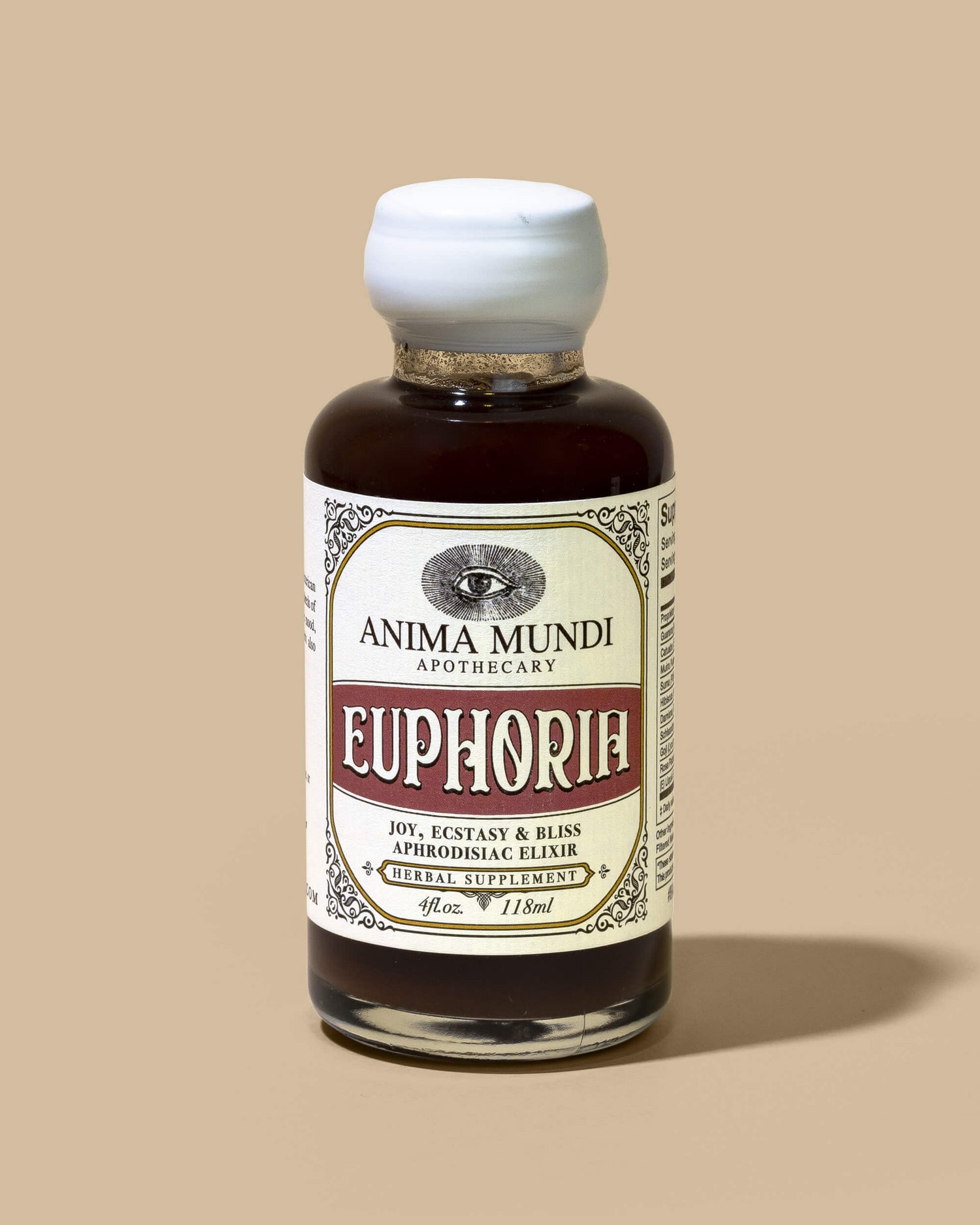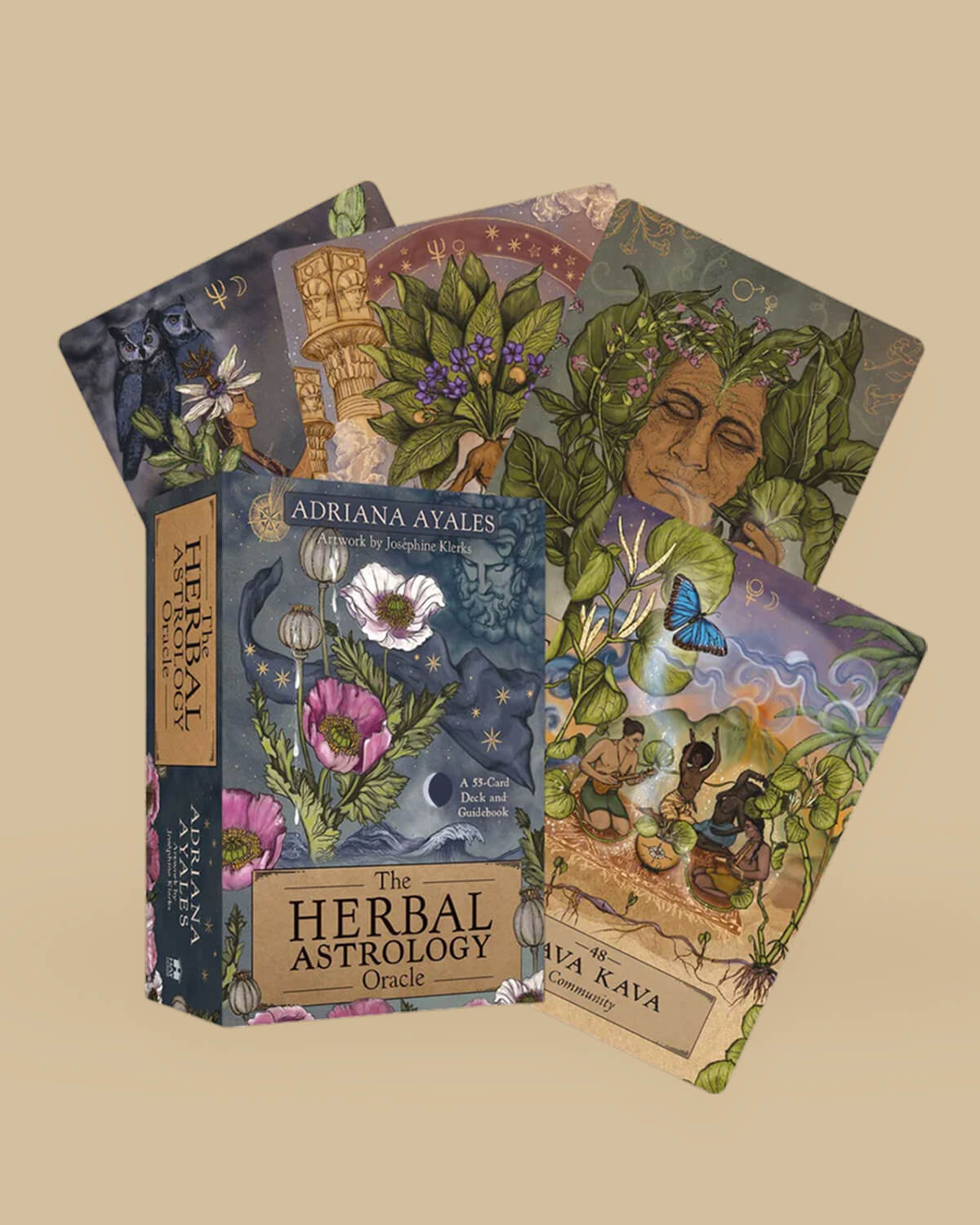The 8th Wonder of the World?
All hail the Goddess and her Ayurvedic healing qualities!In Hindi, she’s called Koyala. Her Latin name is Clitoria ternatea because the flowers of her vine resemble the mighty, magical female sex. In Indonesian and Malay, bunga telang (“eagle flowers”) is just one of this superbly underrated sapphire flower’s many names. Asian pigeonwings, more colloquially known as butterfly pea flower, is a holy plant used as an offering in India for daily puja rituals. Its origins in Southeast Asia and Ayurvedic medicinal applications have given rise to a wide range of edible actions, ranging from curative teas to savory blue rice. Still, sangu pushpam (Tamil for “shell flower”) is not yet a common ingredient in most Western kitchens or herbal medicine cabinets.

According to
Asian Geographic:
- Indonesian, Malay, Straits-born Chinese, and Chetty Melakan communities make kueh seri muka or pulut inti, shared cakes with blue-speckled layers.
- In Kelantan, Malaysia, the flower is used for herbed rice, nasi kerabu.
- In Burma (also known as Myanmar), aung mae nyo is used in its entirety for traditional cures to relieve inflammation, oedema, or as a purgative and diuretic. Further, the crushed flowers mixed with milk can soothe an infant’s sore eyes or stop hiccups.
- In Laos, crushed seeds can counteract scorpion and snake bites, while its petals are consumed in raw, herb-abundant salads.
- In Cambodia, the “immortal flower” (Khmer language) can be battered and fried, or drunk as a tea, as is common throughout Southeast Asia and increasingly, worldwide. Also a muscle relaxant and anti-depressant, it’s been known to keep diabetes at bay and relieve stress. Online sales and exports from Cambodia often support philanthropic causes.
- In the Philippines, the Tagalog name is pukingan, and the vine is applied as a leaf poultice to soothe swollen joints, earaches, and other body pains.
- In Indonesia, the West Javan island practitioners use the herbal roots to protect against headaches, and its blooms to combat bronchitis and eye infections. In the eastern regions, the liquid from the flowers can be applied to inflamed eyes, boils, and much more.
- In Thailand, folk remedies for hair and skin tonics are among its other uses.
 Butterfly Pea Flower has a sacred history of healing
Butterfly Pea Flower has a sacred history of healing
It is used throughout Southeast Asia in ritual offerings, and is said to symbolize a perfect union with the divine. An Ayurvedic brain tonic, the flowers are intentionally grown in temples in India to be used in Hindu worship to pay homage to the goddess Durga, the Lord Shiva, and Aparajita, the “destroyer” form of the goddess Durga.
So deep and rich is her hue that she has come to be known as “Krishna light”.
In Thai people’s homes, it is rumored to give an aura of invincibility. Its rare blue high pigment is not only used for sacred ceremonies, but also for natural food dyes, clothing dye, and it is the first plant-derived natural blue source to be approved by the FDA.
It fights off pests and infections, thanks to its antioxidant properties.
Proanthocyanidin and anthocyanin—the former pigment which is also found in blueberries—helps to stimulate collagen production and elastin synthesis. That means it’s a great “beauty food” for the skin, nails, and hair. What’s more: research has affirmed that the flower can also inhibit glycation, the process of metabolism that leads to wrinkled skin.
 Not only does Butterfly Pea Flower make you outwardly radiant, it also works from inside the body to activate the neurotransmitter acetylcholine.
Not only does Butterfly Pea Flower make you outwardly radiant, it also works from inside the body to activate the neurotransmitter acetylcholine.
While we lose some of these acetylcholine receptors as we age, certain functions also suffer. These include how we experience pain, learning, memory function, and muscle movement. Further, acetylcholine helps to regulate the endocrine system (responsible for hormone balance and REM - rapid eye movement sleep cycles). That means butterfly pea flower contains important properties for both physical and cognitive mental health.
Drinking the Tea
This calorie-, fat-, sugar- and caffeine-free superfood is most often consumed as tea. Its flavonoids, kaempferol, quercetin, myirectin glycosides, gallic acid, and p-Coumaric acid are just some of the added boosts to your immunity that butterfly pea flower provides. Sipping this mild-flavored brew will help protect your joints, your brain, your skin, and your eyes, thanks to its abundance of antioxidants and antimicrobial effects. Furthermore, your digestive system and gut will thank you for additional support for preventing nausea, heartburn, ulcers, and other viruses and infections. In some cases, it can also act as a mild, natural diuretic to clear our imperfections and other harmful waste building in the liver. 
What the Science Says
In a recent study, researchers found that Clitoria ternatea not only “proved to have strong antioxidant and anti-inflammatory properties”, but also anti-aging properties the authors of the study concluded were beneficial for “preventing various imperfections in the skin” and “maintaining a youthful appearance and proper hydration of the skin”.
Other studies have also delivered similarly positive results, noting it can also:
-
Manage asthma and allergies + overall respiratory health
-
Support cognitive health + stress relief, including focus + memory
-
Protect your vision from the harsh impact of the sun, diet + radical damage
Beauty Benefits
It is believed that premature aging can be helped with the support of butterfly pea flower in its many applications. Some even use it topically to enhance skin elasticity (in soaps, masks, cleansers, etc.) and fine lines, as well as irregular pigmentation, tone, and texture.
As for a healthy scalp, your hair growth and thickness can benefit from butterfly pea flower (whether in a hair product, a tea, or a bath—see more on baths below!) extract or whole flowers, because it is thought to stimulate blood flow to the hair follicles, reduce graying, and prevent hair thinning. Similar to many functions of the body that are impacted by over-inflammation, the anti-inflammatory qualities of this goddess plant are at work here. 
Introducing the Blue Moon Bath
This Blue Moon bath recipe has only two ingredients, but will “blue” your mind! Read on for the full ritual remedy, and be prepared to sink into a bless-full bath.
Though the recipe is as simple as can be, once you’ve poured in your Butterfly Pea Flower powder, take a moment to delight in the wonderful hue of blue your bath is becoming. In devotional ceremonies, this blossom has been used to represent love, protection, and the blessing of higher consciousness. In India, it is typically associated with the Hindu goddess Aparajita. Commonly used in Panchakarma treatments, butterfly pea flower is said to be highly effective for balancing all doshas, though it’s associated most with the crown chakra. Because of its positive impact on the nervous system, it is also used as a remedy for dispersed vata (“air” or subtle movement) energy in the body and for quieting mental anxiety. Heady folk who can’t get out of those endless mental loops, blue is for you!
READ MORE HERE on Butterfly Moon Milk Recipe!
















